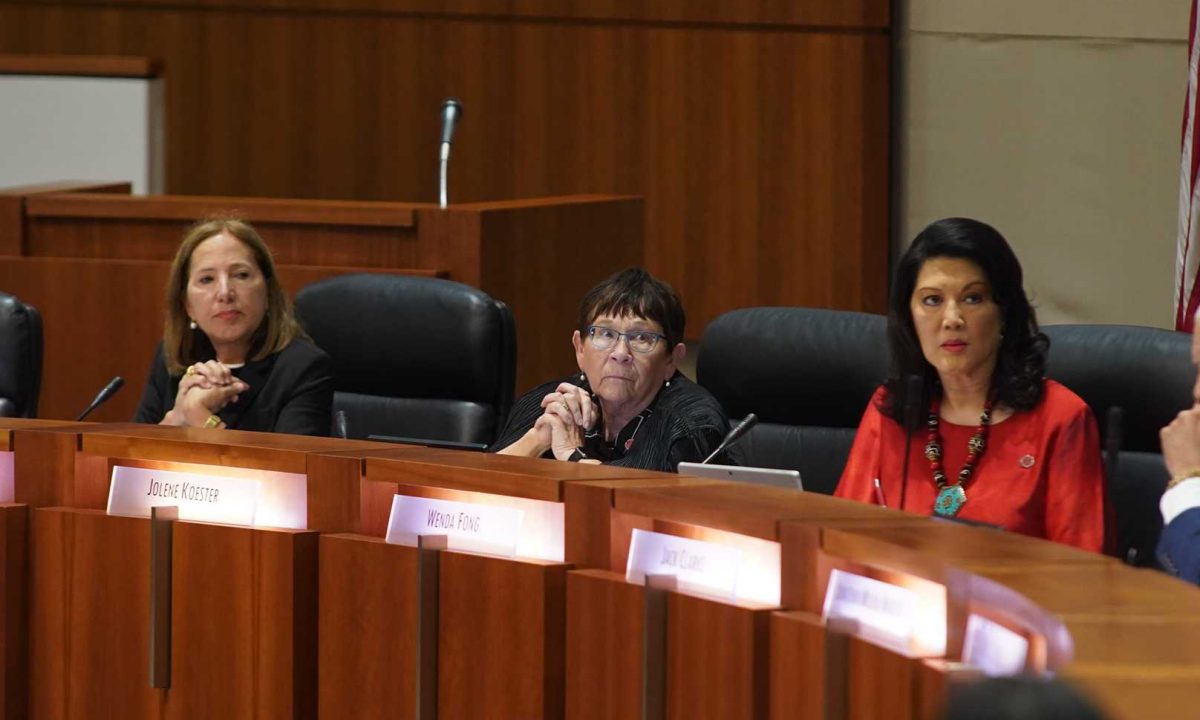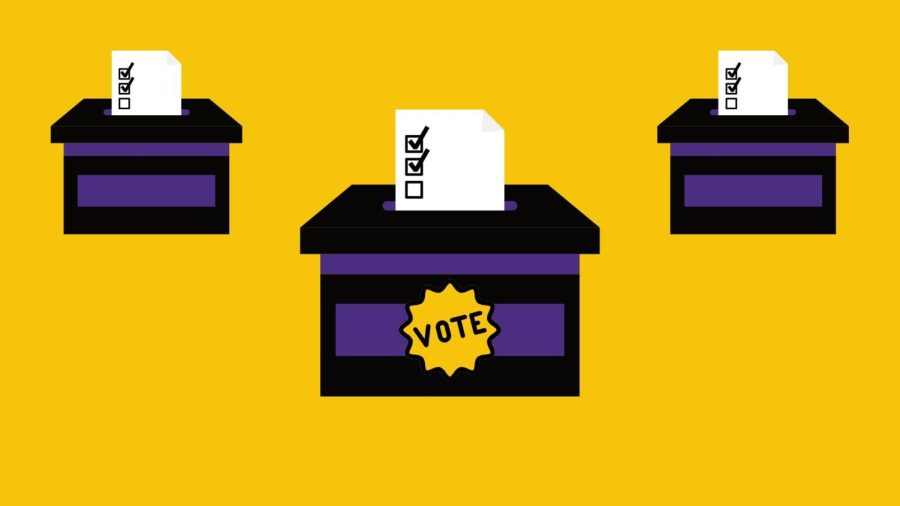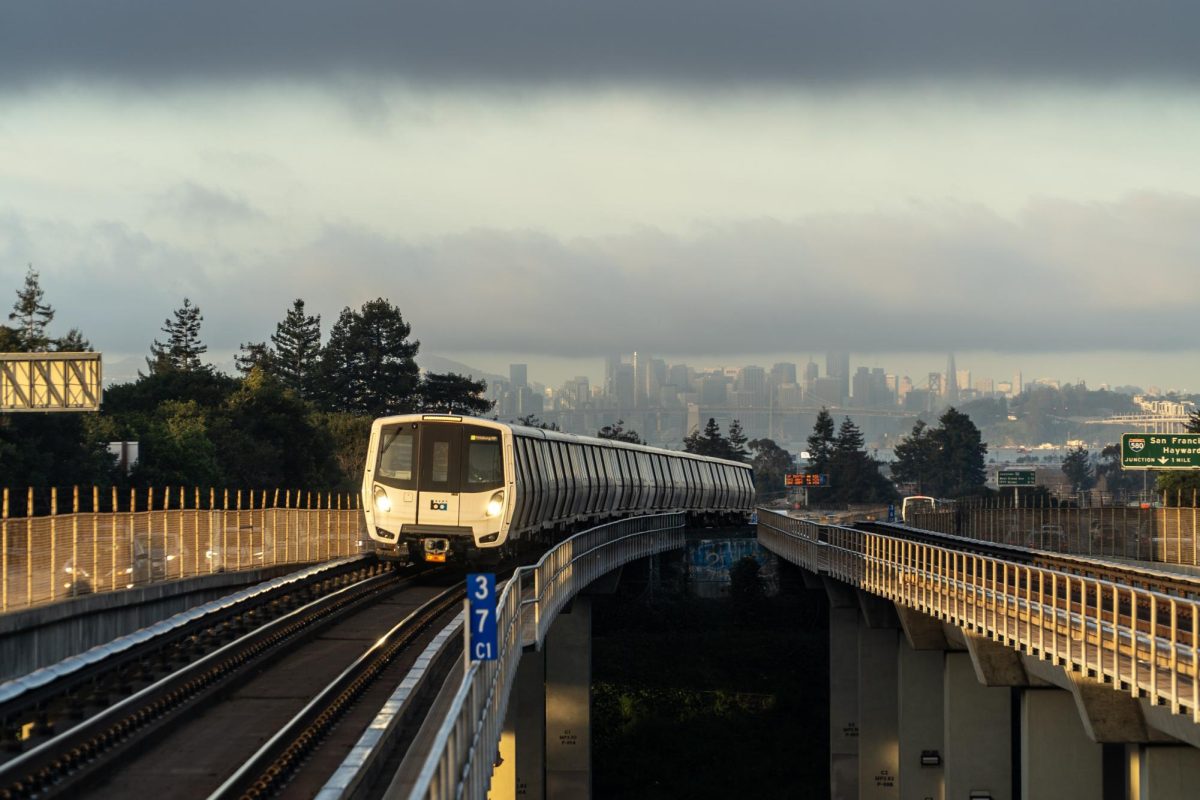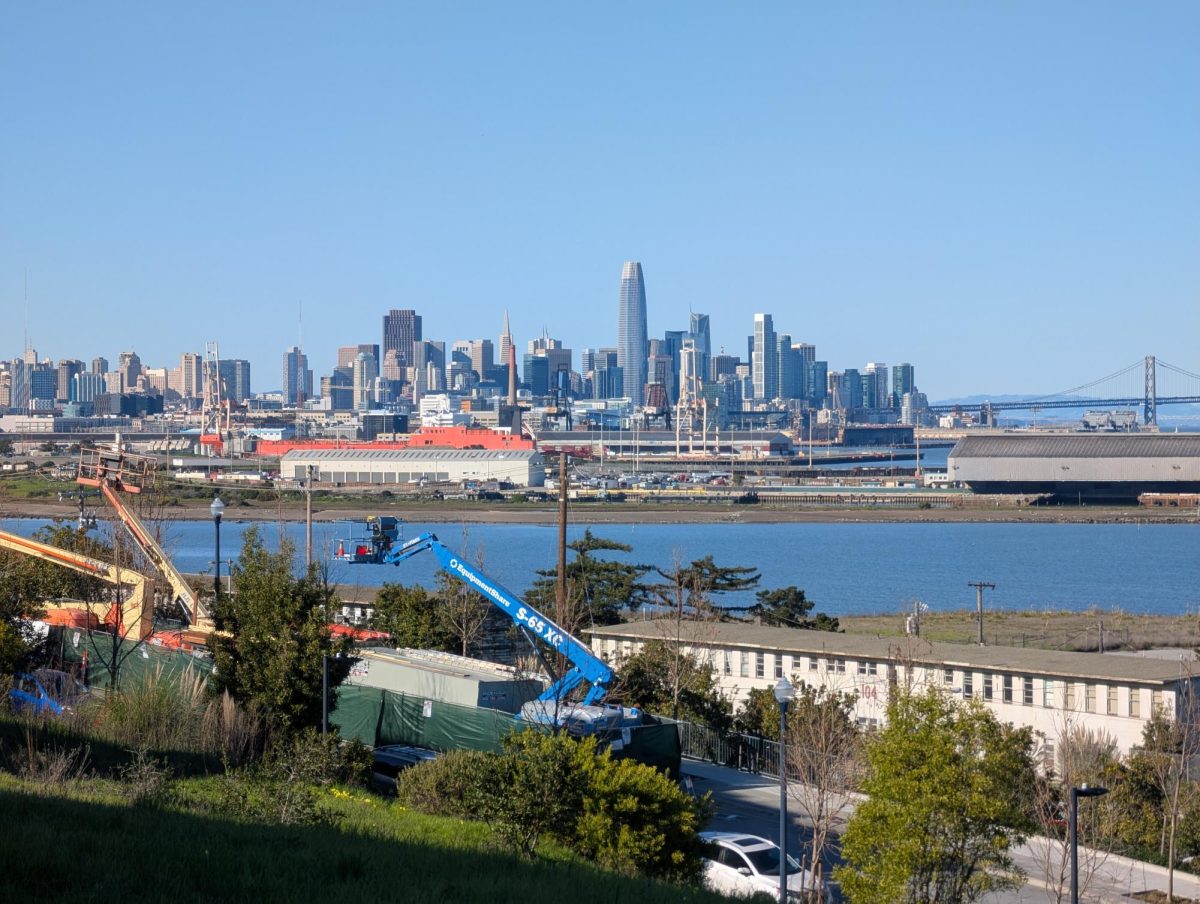Whether you’re a regular reader of the Golden Gate Xpress or a casual passerby on our website and social media, you’ve probably seen some of our coverage on commuter woes.
As part of a commuter series, a few dedicated reporters have written articles and produced podcasts on BART security and updates, shoddy SF State shuttle services and stresses involved with long-distance commutes.
There’s a simple reason we address so many concerns about commuting: SF State is a commuter school. Since 2008, the number of students and faculty who actually live in San Francisco has declined by more than 30 percent, with many moving out to and commuting from the East Bay.
Commuting via public transit can be particularly stressful. There’s delays, breakdowns, overcrowding — and don’t even get me started on safety concerns. It seems easier and more convenient to jump in the car, put on your favorite podcast to bear with the traffic, and hope you find a decent parking spot. But I implore you: Take more public transportation, not less.
Yes, driving may be faster and public transit can be a time-suck. But the cons involved in driving can greatly outweigh those of traveling by bus or rail.
Car enthusiasts and routine solo commuters, please, hear me out.
One of the most common praises about cars is the independence they provide. At the drop of a hat, you can jump in your car and drive anywhere your heart desires; as long as you can afford it. Here’s where the whole independence aspect gets murky.
According to the Bureau of Labor Statistics’ 2017 Consumer Expenditure Survey, the average American household spent $9,576 on transportation, which is a near 6 percent increase on transportation costs from the preceding year.
And USA Today reported that average auto loans for both new and used vehicles hit a record high this year, a result of a 10 percent hike in prices for new vehicles in the last five years.
Not only is it incredibly costly to be a car owner, it’s fairly time-consuming as well. According to INRIX, a transportation data company, Americans spent an average of 41 hours sitting in traffic in 2017. San Franciscans, on the other hand, spent 79 hours idling in congestion. That’s more than three days of fiddling with radio station channels and reading bumper stickers to pass the time on the road.
Then, after spending all that time and money getting around in the city, you have to find a place to park. The San Francisco Municipal Transportation Agency reported last year that there’s approximately 442,000 publicly-available parking spaces citywide. That accounts for less than half the population of San Francisco.
When car salespeople tell you buying a car is part of attaining the independent American dream, they don’t say how much money and time it will cost you each year. They also fail to mention all the cleaning maintenance, oil changes, parking shortages, engine failures and car accidents that are part and parcel of owning a car. What an independence.
But beyond all of those annoyances, there’s a much more significant reason why you should consider ditching your car, or at least drive considerably less. Automobiles are drastically harming our environment; we can’t avoid that truth anymore.
According to the Environmental Protection Agency, “A typical passenger vehicle emits about 4.6 metric tons of carbon dioxide per year,” about 404 grams of CO2 per mile. The EPA also stated the transportation sector accounts for nearly one-third of the nation’s greenhouse gas emissions. Light-duty vehicles (i.e. passenger cars and light-duty trucks) constitute 60 percent of those transportation emissions, more than aircrafts, trains and boats combined.
The reason why greenhouse gas emissions are significant is because they accumulate in our atmosphere and act as a blanket, effectively warming the Earth. And CO2 emissions, released the most by automobiles, last in our atmosphere for thousands of years.
These greenhouse gas emissions are increasing substantially, according to a report by The New York Times, largely due to a surge in oil use and driving cars farther than in the past.
This research further solidifies the Intergovernmental Panel on Climate Change report released in October warning these rising emissions will lead to a global warming of 1.5 degrees Celsius.
This change would increase widespread risks of droughts, wildfires, food shortages and coastal flooding by 2040, according to the report. Many of these disasters are already taking place.
This is indeed a bleak outlook, and human impact on the environment may only get worse since President Donald Trump pulled out of the Paris Climate Agreement and continues to roll back Obama-era environmental protections. Policymakers and corporations can make the biggest change by instituting stricter regulations and eco-friendly practices, but average people can also do a lot by changing some old habits.
The American Public Transportation Association reported that if a person who commutes 20 miles round trip by car switches to public transit, that person can cut his or her annual CO2 emissions by 4,800 pounds per year. Even one person can make a large difference.
While public transit can be unreliable at times and overcrowded during peak commute hours, there’s agencies that can address those issues. If there’s more demand for public transportation, there will be more improvements, like increased security protocols and more upgraded trains and buses.
I know cars are cool, but our Earth isn’t. So please, ditch your costly, polluting cars and take the bus. If not for the environment, at least for your wallet.















Arcenis • Jan 3, 2019 at 3:34 am
This is just a minor grammatical note. I noticed the author used the contraction “There’s” (“There is”) rather than the phrase “There are” when referring to plural nouns, which is a common, colloquial error that has crept into the American vernacular for some reason. For example, the author wrote, “There’s delays, breakdowns, overcrowding….”